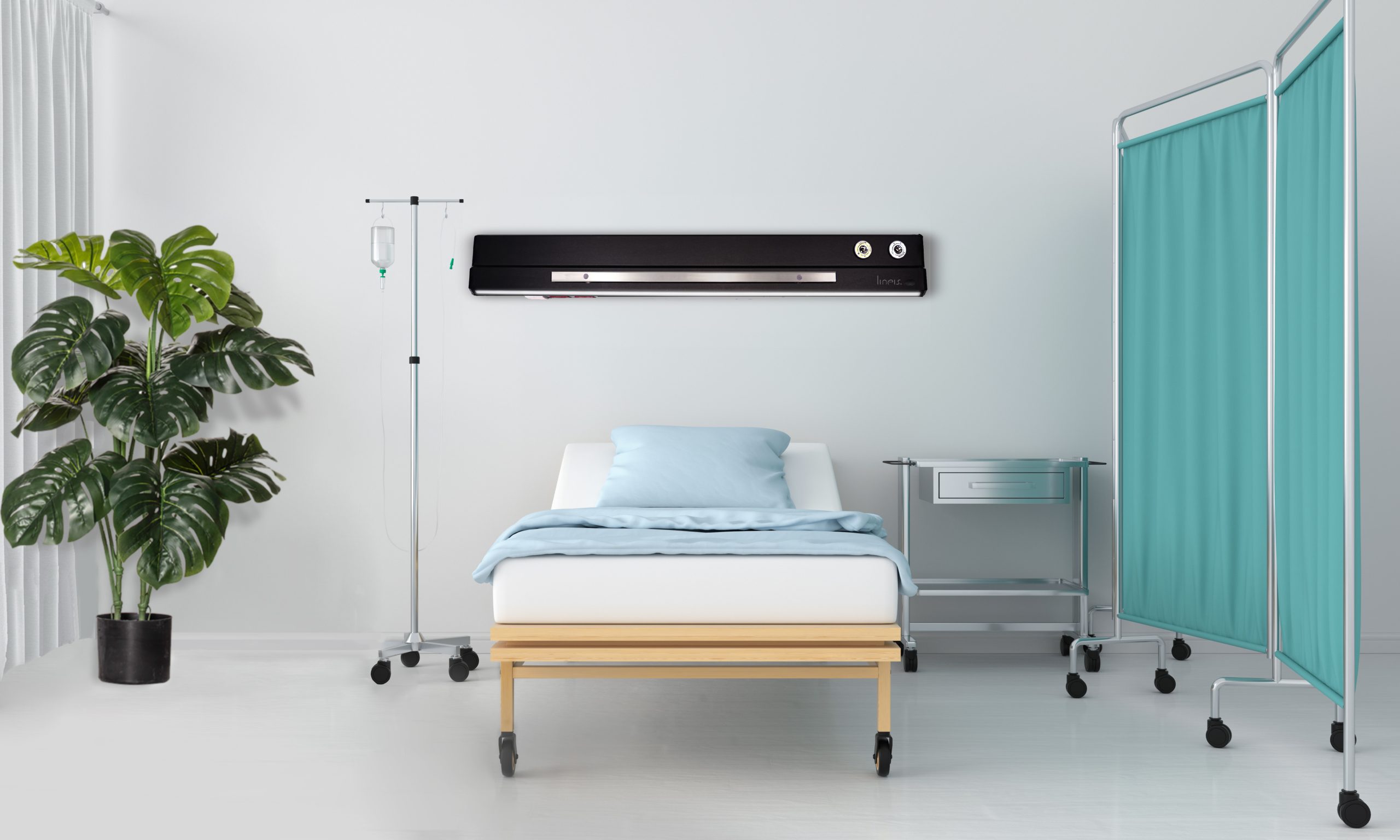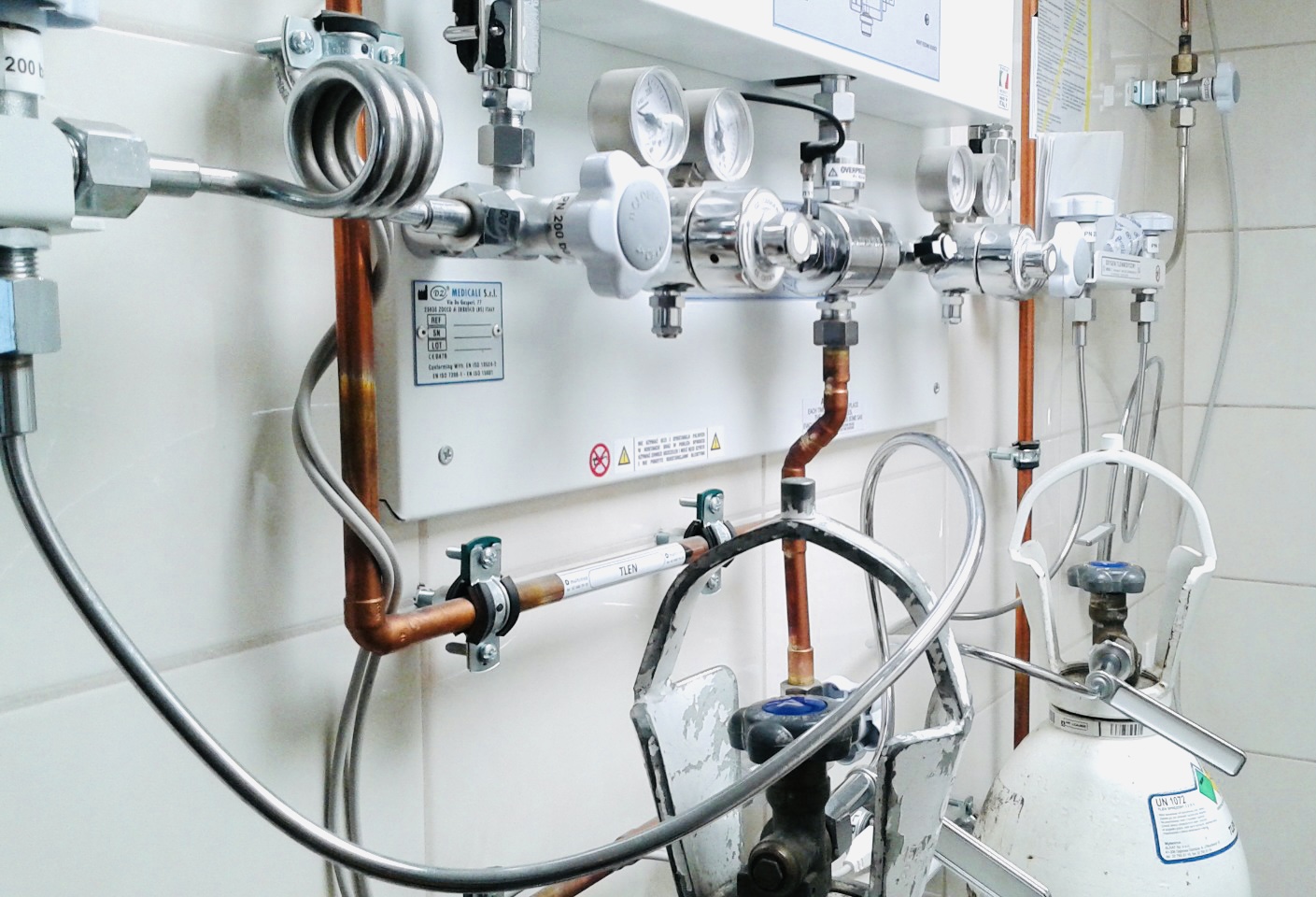Medical Gas Systems in Hospitals: Ensuring Safety and Efficiency
In the health care sector, reliable and safe distribution of medical gases is crucial to the effective treatment of patients. Medical gas systems in hospitals are designed to deliver vital gases such as oxygen, nitrogen, nitrous oxide and compressed air directly to points of use, such as patient rooms, operating rooms and intensive care units. For a company like Oxyone Medical Devices, which specializes in high-quality medical devices, providing efficient and safe medical gas systems is a top priority.
What Are Medical Gas Implants?
Medical gas systems are complex networks of piping, valves, regulators and monitoring devices designed to distribute medical gases to different areas of a hospital. These facilities ensure that the necessary gases are always available, at the right pressure and purity, to support patients’ clinical and therapeutic needs.
Importance of Medical Gas Facilities
Medical gas systems are critical for several reasons:
- Continuity of Care: Ensure a steady supply of essential gases, avoiding interruptions that could compromise patient care.
- Safety: Well-designed and maintained facilities reduce the risk of gas leaks, contamination and other problems that could endanger the safety of patients and staff.
- Operational Efficiency: They automate gas distribution, reducing the need for mobile gas cylinders and improving the hospital’s operational efficiency.
- Regulatory Compliance: They ensure that the hospital complies with health regulations and standards regarding the handling and use of medical gases.
Components of Medical Gas Systems
A medical gas system includes several critical components:
- Gas Reserves: Cylinders and tanks that contain medical gases.
- Regulation and Control Units: Pressure regulators, safety valves and monitoring systems that ensure proper gas flow and pressure.
- Piping: Networks of pipes made of corrosion-resistant materials that transport gases from tanks to areas of use.
- Delivery Points: Outlets strategically placed in operating rooms, intensive care units and patient rooms for gas delivery.

Maintenance and Safety
Regular maintenance and safety checks are essential for the efficient and safe operation of medical gas systems. Maintenance procedures include:
- Regular Inspections: Periodic inspections to detect any leaks, wear, or anomalies in the system.
- Calibration of Devices: Verification and adjustment of control instruments to maintain accuracy in gas distribution.
- Staff Training: Continuous training of hospital staff to ensure proper and safe management of the system.
- Technology Upgrades: Implementation of new technologies to improve system reliability and efficiency.
Innovations in Medical Gas Systems
The medical gas distribution industry is constantly evolving with innovations that improve system safety and efficiency. Some of the most recent innovations include:
- Advanced Monitoring Systems: Technologies that enable real-time monitoring of gas levels, pressures, and operating conditions.
- Automation and Remote Control: Automated systems that manage and regulate gas distribution, reducing the need for manual intervention.
- Advanced Materials: Use of stronger and more durable materials for piping and valves, improving system longevity and reliability.

Oxyone Medical Devices: Your Partner for Medical Gas Implants
At Oxyone Medical Devices, we are committed to providing high-quality medical gas equipment that meets the most stringent requirements of modern hospitals. Our facilities are designed for maximum safety, efficiency and reliability, helping to improve patient care and hospital operations.
Explore our range of medical gas systems here and learn how Oxyone Medical Devices can improve the safety and efficiency of your healthcare facilities. Contact us today for more information and personalized assistance in selecting the best system for your needs.
